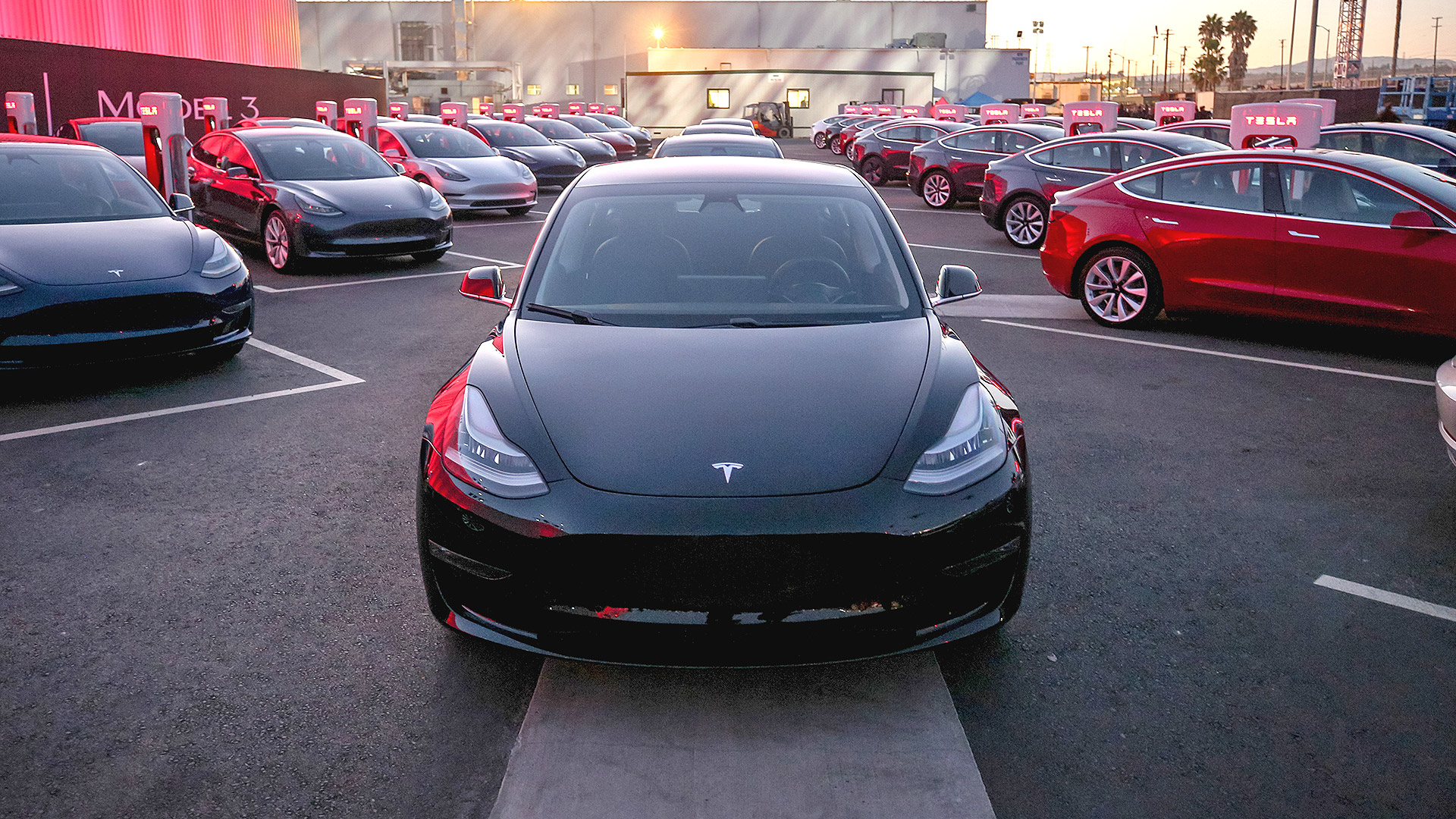

Tesla’s newest family member appears to be its most efficient yet, according to new information from the EPA. The Model 3 has outperformed even the most efficient of models in the automaker’s lineup, despite being the most cost-efficient of them all.
Currently, the Model 3’s fuel economy numbers aren’t available on the EPA’s website; however thanks to a poster at the Tesla Motors Club forum, we’re able to know a bit more. But before we jump right into the numbers, it is important to understand just how the EPA measures efficiency. It’s not just “miles per gallon” anymore.
Because an electric car can’t be measured in gallons of gasoline, the EPA classifies the range of electric cars using a measurement called “MPGe”, or miles per gallon equivalent. This number is calculated by comparing the battery-storage equivalent of one gallon of gasoline to the amount of distance traveled. A gallon of gas equals out to around 33.7 kilowatt-hours of battery power, meaning that an entire fill up of the Model 3’s long range (75 kWh) battery is akin putting 2.25 gallons of gas in a traditional car. Impressive efficiency—but even more impressive are the EPA numbers shown on the window sticker for the gasoline-equivalent range of the Model 3:
- City: 131 MPGe
- Highway: 120 MPGe
- Combined: 126 MPGe
The above numbers indicate that the 310 miles per charge works out to be equivalent to a rather impressive 126 miles per gallon. Compared to the Model S’s 104 MPGe, the Model 3 looks to be almost 18 percent more efficient than its big brother. More interesting, the long range Model 3 is about 19 percent lighter than the Model S 90D, making its efficiency factor increase nearly 1:1 when compared to the weight savings between the two models.
This weight savings can be thanked due to Tesla’s new 2170 battery cells that are being produced at Gigafactory 1. The new cell design, which replaced the aging 18650s found in the Model S, is considerably lighter and makes up around 7 percent of the overall weight savings compared above.
Tesla will begin to ramp up production on their long range units in the near future so that they are able to achieve the promise of 10,000 units per week by Q4 2018. As this date gets closer, it’s likely that more numbers will arise for the standard-range Model 3, which has been put on a lower priority for asembly than the long-range version, and the performance “dual motor” variant in 2018.